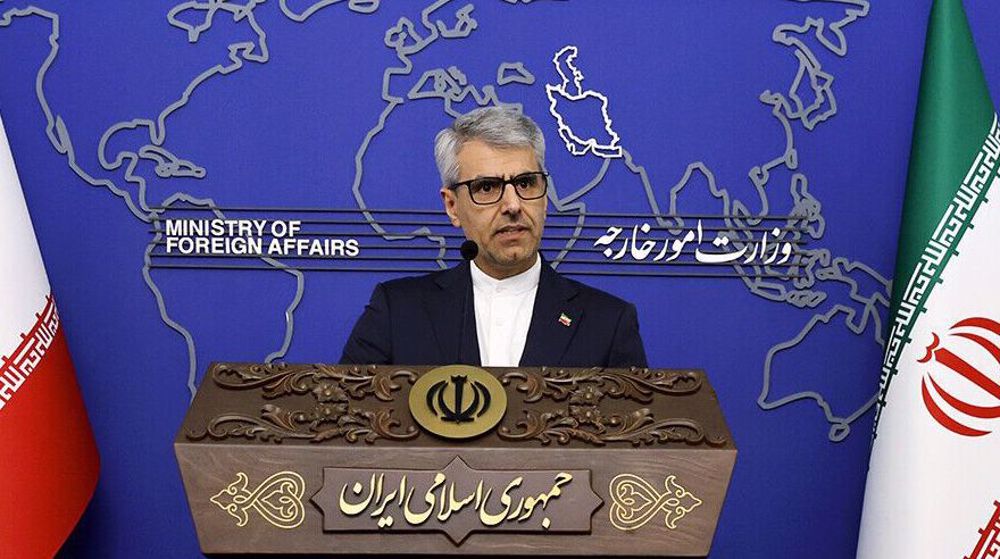WHO says one in five children still unvaccinated
The World Health Organization (WHO) has expressed grave concern that one-fifth of the world’s children do not receive routine life-saving vaccination.
Jean-Marie Okwo-Bele, director of the WHO Department of Immunization in Geneva, expressed concern on Wednesday that “there are still 1.5 million premature deaths due to vaccine preventable diseases each year.”
“Today WHO is calling for the global community to close the immunization gap and the unnecessary disability and deaths caused by the failure to vaccinate,” Okwo-Bele added ahead of the World Immunization Week, commencing on April 24.
According to the WHO’s report, based on the latest available data, back in 2013, some 22 million infants missed out on routine vaccination against diphtheria, whooping cough and tetanus (DTP3).
Although all WHO members committed in 2012 to ensure global immunization coverage, the plan still remains “far off track,” Okwo-Bele said.
There has been a great increase in immunization rates from five percent in the mid-1970s to a global average of 84 percent in 2013 in some countries.
However, Okwo-Bele warned that the progress in recent years had been “plateauing.”

Most of the unvaccinated children belong to the world’s poorest countries, while almost half of them live in India, Pakistan and Nigeria.
The cost of vaccines, weak health systems and lack of access in poorer countries, as well as armed conflicts and insecurity, are among some reasons mentioned for the lack of progress.
In developed and wealthier countries, where immunization coverage must generally be high, recent low rates, emphasized by measles outbreaks in the United States and other Western countries, are mainly due to the scarcity of the deadly diseases being vaccinated against, the WHO said.
According to the WHO report, global immunization coverage oscillates between various types of vaccines, with 84 percent global coverage for DTP3, polio and measles, but only 14 percent for rotaviruses, the most common cause of severe diarrheal diseases.
MIS/HSN/SS
Russia urges IAEA to uphold impartiality in monitoring Iran's nuclear facilities
VIDEO | Sana’a university students slam US-Israeli aggression against Gaza, Yemen
Yemeni drone operation targets Israeli industrial zone
Iranian ships sailing safely in international waters: IRGC Navy chief
Israel kills well-known Palestinian artist, her husband in Gaza
VPNs responsible for 1 GW of Iran’s electricity use: Expert
In Christmas message, Pope laments ‘extremely grave’ situation in Gaza
Hamas says Israel created new obstacles to Gaza truce deal










 This makes it easy to access the Press TV website
This makes it easy to access the Press TV website